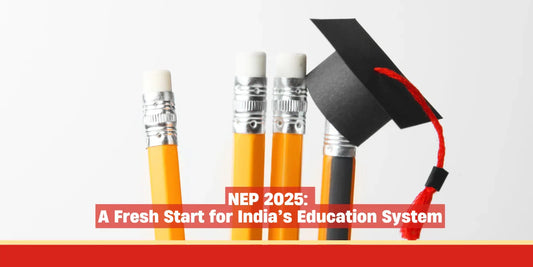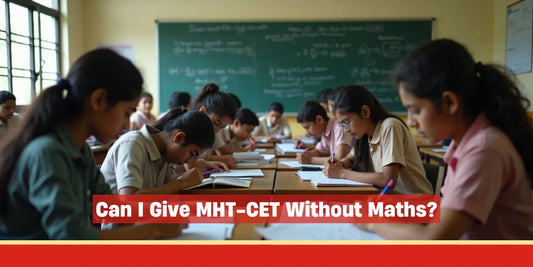India's higher education sector has experienced remarkable growth in the past decade, showcasing the nation’s dedication to inclusivity and global educational standards.
Overall student enrolment in higher education institutions rose by 30.5%, increasing from 3.42 crore in 2014-15 to 4.46 crore in 2022-23. Female enrolment showed an even more striking growth, surging by 38.5% from 1.57 crore to 2.18 crore. This milestone marks a significant advance toward achieving gender parity in education.
One of the most notable areas of progress has been the increased participation of women in STEM (Science, Technology, Engineering, and Mathematics) fields. Female enrolment in these courses saw a 23% rise, growing from 35.14 lakh to 43.03 lakh, indicating a shift toward greater gender diversity in traditionally male-dominated disciplines.
The expansion of India’s Higher Education Institutions (HEIs) has played a pivotal role in this progress. The number of HEIs rose by 13.8%, from 51,534 in 2014-15 to 58,643 in 2022-23. Among these, universities witnessed the most substantial growth, with a 59.6% increase from 760 to 1,213 institutions.
Union Education Minister Dharmendra Pradhan highlighted in parliament that 42 prestigious institutions, including IITs, IIMs, IIITs, IISERs, and Central Universities, were established over the past decade, bolstering India’s reputation as a hub for world-class education.
India’s enhanced focus on higher education has also been reflected in global rankings. The number of Indian institutions featured in the QS World University Rankings 2025 has risen to 46, representing a remarkable 318% increase since 2015.
The nation’s Gross Enrolment Ratio (GER) in higher education has improved significantly, underscoring the commitment to making education more accessible and inclusive. The substantial rise in female enrolment, particularly in STEM fields, signifies India's progress toward a more equitable and globally respected education system.










